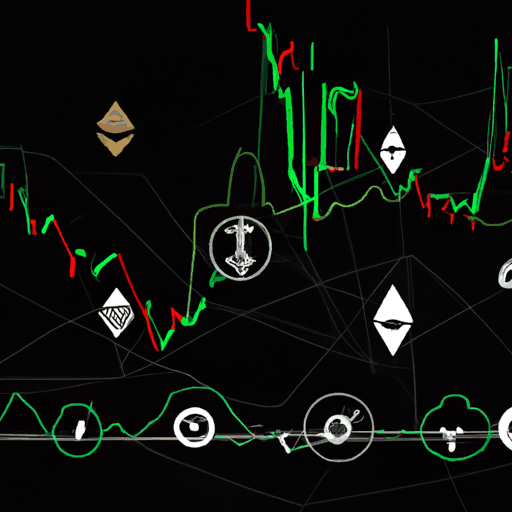
FTX Creditors Start Receiving Payouts Amid Market Speculations
By: Eliza Bennet
The long-anticipated payout phase for the creditors of the beleaguered cryptocurrency exchange FTX has begun as the bankruptcy proceedings take a significant step forward. As of February 18, creditors are starting to see funds in their Kraken accounts, the platform selected to facilitate these disbursements. Claimants with approved amounts under $50,000 are fully compensated, receiving principal sums along with 9% annual interest calculated from the time FTX entered bankruptcy in November 2022. This marks a crucial milestone in the extensive and complex restructuring process the company has been undertaking.
Insights from Arkham Intelligence, a leading blockchain analytics entity, detail the substantial $1.2 billion outflow from FTX-held wallets earmarked for these initial creditor payments. The payments are said to offer recipients up to 119% of their claim values, reflecting accumulated interest over the past two years. This is part of a court-sanctioned process, which envisions claimants with larger sums to start receiving their payouts in the second quarter of 2025. In total, about $16 billion is set aside for overall distributions to both small and large claimants.
Despite this progress, some creditors continue to express dissatisfaction concerning the protracted nature of these repayments, especially those holding claims above $50,000. While smaller creditors benefit from the proceedings, larger creditors remain in anticipation of their share from the $16 billion pool. Nonetheless, the commencement of these payouts represents a pivotal development not just for FTX's creditors but also for the cryptocurrency market at large. There is speculation regarding the potential market impacts, given the sizeable funds now entering circulation.
The redistributions have sparked discussions around market liquidity, with some analysts indicating that the influx could potentially invigorate BTC pricing, should recipients opt to reinvest into Bitcoin. On the contrary, the fear resides that if these funds are liquidated into fiat or other forms, it could exert downward pressure on crypto markets. Furthermore, there’s speculation that if a significant fraction of these returns flows into altcoins due to factors like regulatory permissions for Ethereum staking ETFs, it may catalyze a new wave of investments in projects like Cardano, Dogecoin, and Solana, reshaping the crypto landscape further.



